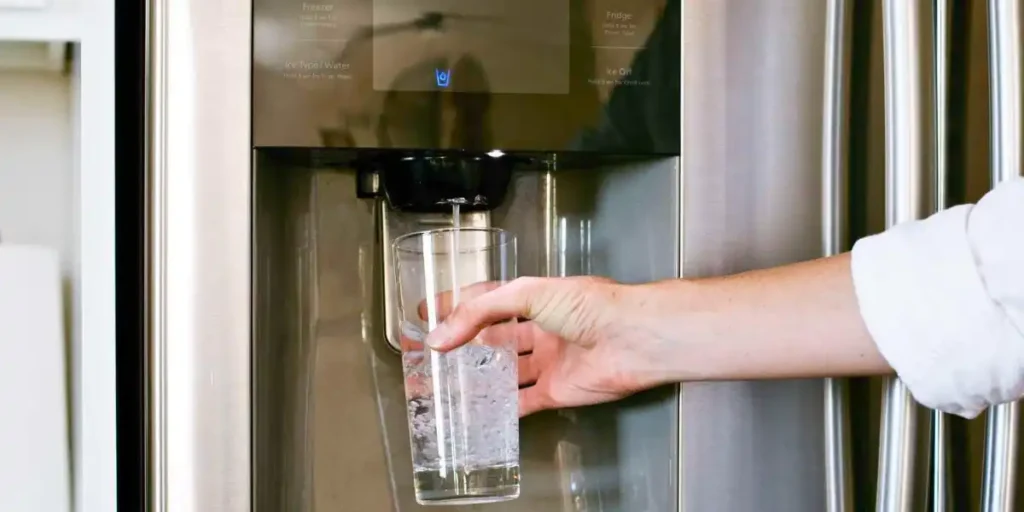The kitchenaid refrigerator water dispenser slow is an annoying issue. Do you frustrated with the sluggish flow? No worries, we can solve your problem.
We’ll explore the common causes behind a slow water dispenser. We also give you practical solutions to get it back to its optimal performance.
No more waiting for a glass of water. Let’s dive into the world of troubleshooting to get smooth water flow again!
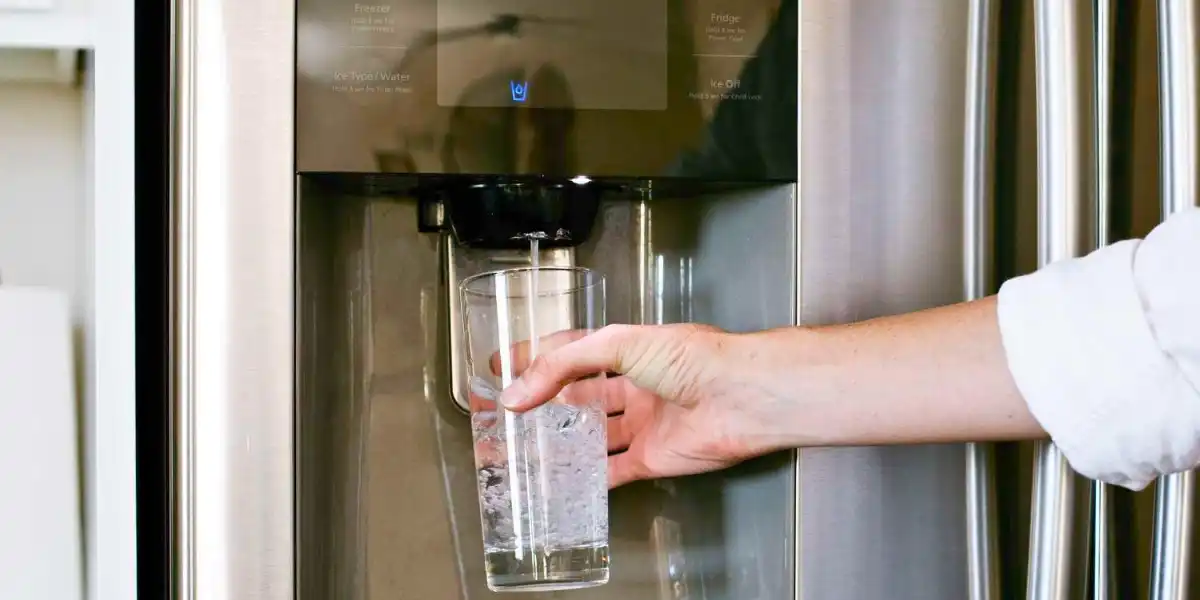
Kitchenaid Refrigerator Water Dispenser Slow
A slow water dispenser in your Kitchenaid refrigerator can be frustrating. You may notice that the water flow is sluggish.
So it taking longer than usual to fill a glass. The water may also come out in spurts instead of a steady stream.
Let’s explore the potential reasons behind this issue. It makes the troubleshot process easy.
Potential Causes behind Slow Water Dispenser

Several factors can contribute to a slow water dispenser in the Kitchenaid refrigerator. Let’s look at some common culprits.
Water Line Obstructions
Blockages or clogs in the water line can significantly reduce water flow.
Water Filter Issues
A faulty or old water filter can impede water flow. That also affects the dispenser’s performance.
Low Water Pressure
Insufficient water pressure from the main supply can lead to slow water dispensing.
Frozen Water Line
In colder environments, the water line may freeze. That obstructs the flow of water.
Air in the Water Line
Air trapped in the water line can cause irregular water flow.
Faulty Water Inlet Valve
A defective water inlet valve may not open fully. That restricts water flow.
Defective Dispenser Actuator
If the dispenser actuator is faulty, it may not initiate the water flow properly.
Now you know some possible causes. So you can easily find out the culprit behind your issue. Let’s move on to troubleshooting and resolving the issue.
Troubleshooting and Fixing the Slow Water Dispenser
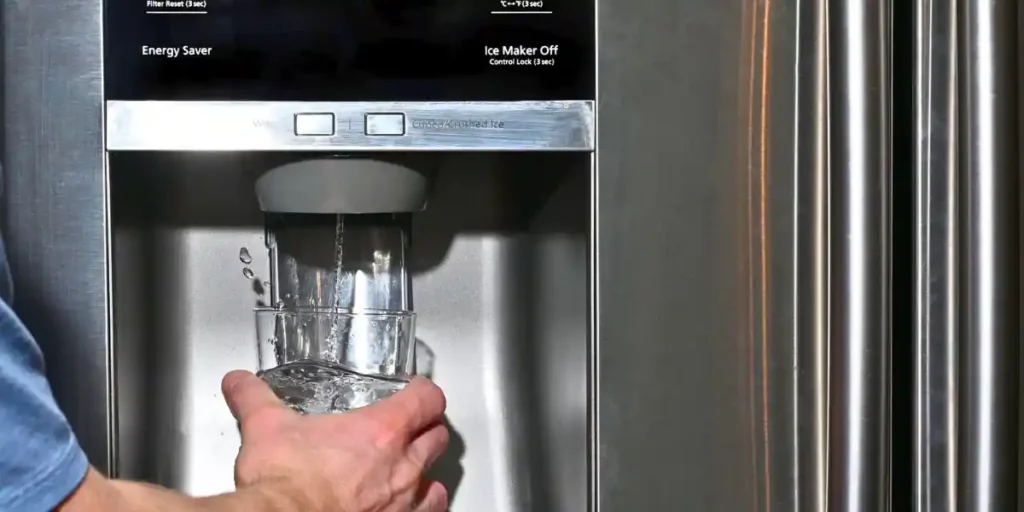
Check the Water Filter
The water filter is a critical component. It needs regular maintenance. Here’s what you can do.
- Locate the Water Filter: Check your refrigerator’s manual to find the water filter’s location. Usually, it’s inside the refrigerator compartment. Or you can find its grille at the bottom.
- Remove and Inspect the Filter: Follow the instructions in the manual to remove the water filter. Examine it for any signs of clogs or debris.
- Replace the Water Filter: If the filter is old or faulty, replace it with a new one. Regular changing of the water filter is essential. It ensures optimal water flow and water quality.
Examine the Water Line
Inspect the water line for potential blockages or damage.
- Locate the Water Line: The water line usually runs at the back of the refrigerator.
- Check for Obstructions: Ensure that the water line is free from any kinks, bends, or pinches. That may restrict water flow.
- Flush the Water Line: If there’s no visible damage, try flushing the water line. It will remove any debris or air. You can do this by dispensing water for a few minutes.
Verify Water Pressure
Low water pressure can lead to a slow water dispenser. Here’s how to check it.
- Check the Main Water Supply: Ensure that the main water supply to the refrigerator is fully open.
- Inspect the Water Supply Line: If you have a water line behind the refrigerator, check it. Look for kinks or damage that may restrict water flow.
- Test Water Pressure: Use a pressure gauge to measure the water pressure. It should ideally be between 35 and 120 psi (pounds per square inch).
Thaw Frozen Water Line
If you suspect that the water line is frozen, follow these steps:
- Locate the Water Line: Find the water line behind the refrigerator. Check if it feels frozen.
- Turn off the Refrigerator: Switch off the refrigerator and unplug it from the power source.
- Thaw the Water Line: You can use a hairdryer on low heat. Or leave the refrigerator unplugged for a few hours. It allows the line to thaw.
Check the Water Inlet Valve
The water inlet valve is responsible for controlling water flow.
Here’s what you can do:
- Locate the Water Inlet Valve: Check your refrigerator’s manual to find the valve’s location.
- Inspect for Damage: Check the valve for any visible damage or signs of wear.
- Test the Valve: Use a multimeter to check if the valve is working correctly. If it’s defective, consider replacing it.
Examine the Dispenser Actuator
The dispenser actuator is the mechanism that activates the water flow. Follow these steps to assess it.
- Locate the Dispenser Actuator: Find the actuator inside the refrigerator door panel.
- Check for Faults: Inspect the actuator for any damage or misalignment. That could hinder its proper function.
- Replace if Necessary: If the actuator is faulty, consider replacing it. Use a compatible part.
Tips to prevent slow water Dispenser in Refrigerator
Follow the below tips to avoid slow water issues in your refrigerator.
Regularly Replace the Water Filter
Regular replacement of water filters is a vital part of maintaining your KitchenAid refrigerator.
Over time, the filter can become clogged with impurities. That leads to reduced water flow and compromised taste.
Regular filter replacement is a must to prevent this. Check your refrigerator’s user manual to know the recommended replacement schedule.
Typically, it’s advised to change the filter every six months. It ensures a continuous supply of clean and fresh-tasting water.
Inspect the Water Supply Line
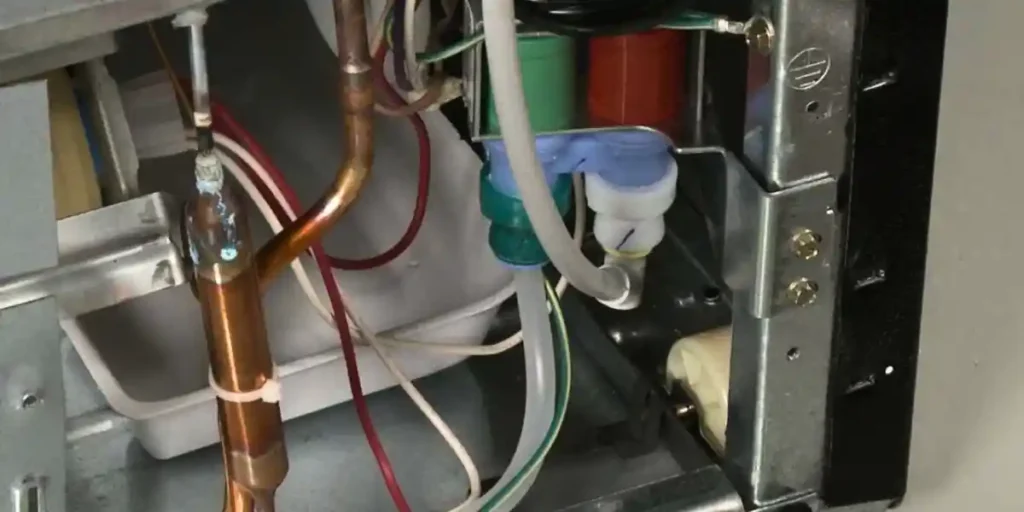
A common culprit behind water dispenser issues is a blocked water supply line. To prevent future problems, perform periodic inspections of the water supply line.
Locate the line at the back of the refrigerator. Make sure it is free from any bends, pinches, or obstructions.
If you find any issues, gently straighten the line. Or clear the blockage to maintain a flawless water flow.
Check the Internal Temperature
The internal temperature of your refrigerator can impact the performance of the water dispenser. If the fridge is set too cold, it may cause the water line to freeze
As a result, you can faces slow or no water flow. So keep the temperature at the recommended level, usually around 37 to 40°F. That prevents this from happening.
Purge Air from the System
Air bubbles trapped in the water line can lead to a sputtering water dispenser. To eliminate these airlocks, engage in a simple purging process.
Fill a glass with water and keep dispensing water for a few seconds. This will force out any trapped air. That ensures a smooth water flow in the future.
Keep the Dispenser Area Clean
Maintaining a clean dispenser area is essential for its efficient operation. Regularly wipe down the dispenser nozzle and surrounding surfaces.
Use a mild detergent to remove any residue or mineral deposits. This will prevent clogs and ensure hygienic water dispensing.
Mind the Water Pressure
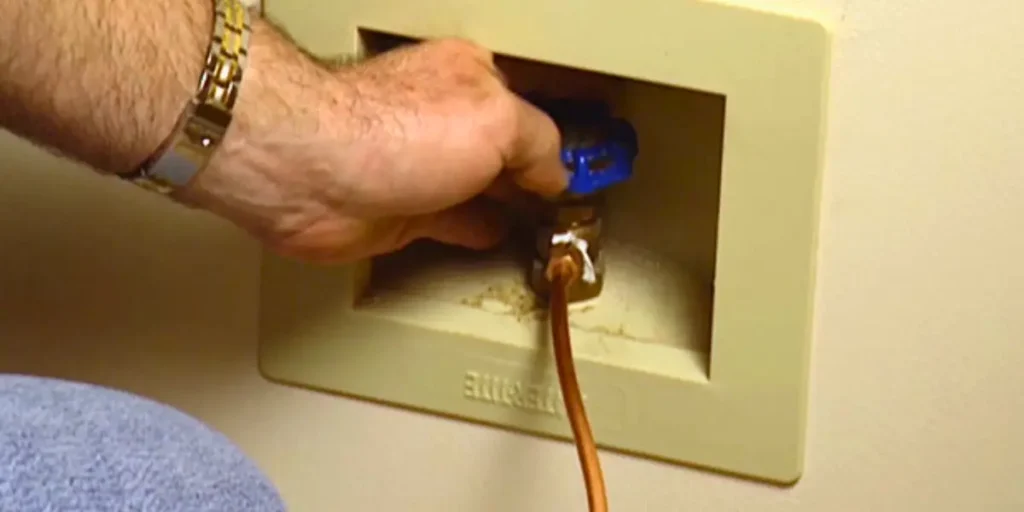
Excessively high water pressure can strain the water dispenser. That leads to leaks and malfunctions. Ensure that your home’s water pressure is within the recommended range.
If the pressure is too high, consider installing a pressure regulator. It will protect the dispenser and other appliances.
Avoid Overfilling Containers
When filling your water containers, avoid overfilling them around the dispenser area. Excess water can seep into sensitive components and cause damage.
So, maintain a safe filling level to prevent potential problems.
Schedule Professional Maintenance
It’s wise to schedule professional maintenance for your KitchenAid refrigerator periodically.
A trained technician can inspect and service the dispenser system thoroughly. They can identify potential issues before they escalate.
Follow these tips to stay trouble-free. It helps to get a continuous supply of refreshing water.
FAQs
Can I use my refrigerator’s water dispenser if the water filter is removed?
Yes, you can still use the water dispenser without the filter. But it’s essential to use a bypass plug.
That is specifically designed for your refrigerator model. This ensures proper water flow and prevents leaks.
Can air in the water line affect the taste and quality of the dispensed water?
Yes, air trapped in the water line can result in an unpleasant taste and odor. Flushing the water line can eliminate this issue.
Does a slow water dispenser always indicate a problem with the refrigerator?
Not necessarily. Slow water dispensing can sometimes be a result of low water pressure from the main supply.
Check the main water pressure and the supply line before proceeding with troubleshooting.
Is it possible to replace the water filter myself?
You can typically replace the water filter yourself. Follow the instructions in your refrigerator’s manual.
However, if you’re uncomfortable it’s best to consult a professional technician.
How often should I change the water filter in my Kitchenaid refrigerator?
It’s recommended to replace the water filter every six months. Regular replacement ensures optimal performance.
Conclusion
Kitchenaid refrigerator water dispenser slow is no more a hassle. You can solve it within a few moments with the right troubleshooting steps.
Identify the culprit and resolve the issue effectively. Follow our step-by-step guide to discover the reasons behind it. It helps you to restore your water dispenser’s functionality.
If you encounter more complex problems, don’t hesitate to seek professional help. They can ensure a hassle-free experience with your refrigerator’s water dispenser.

